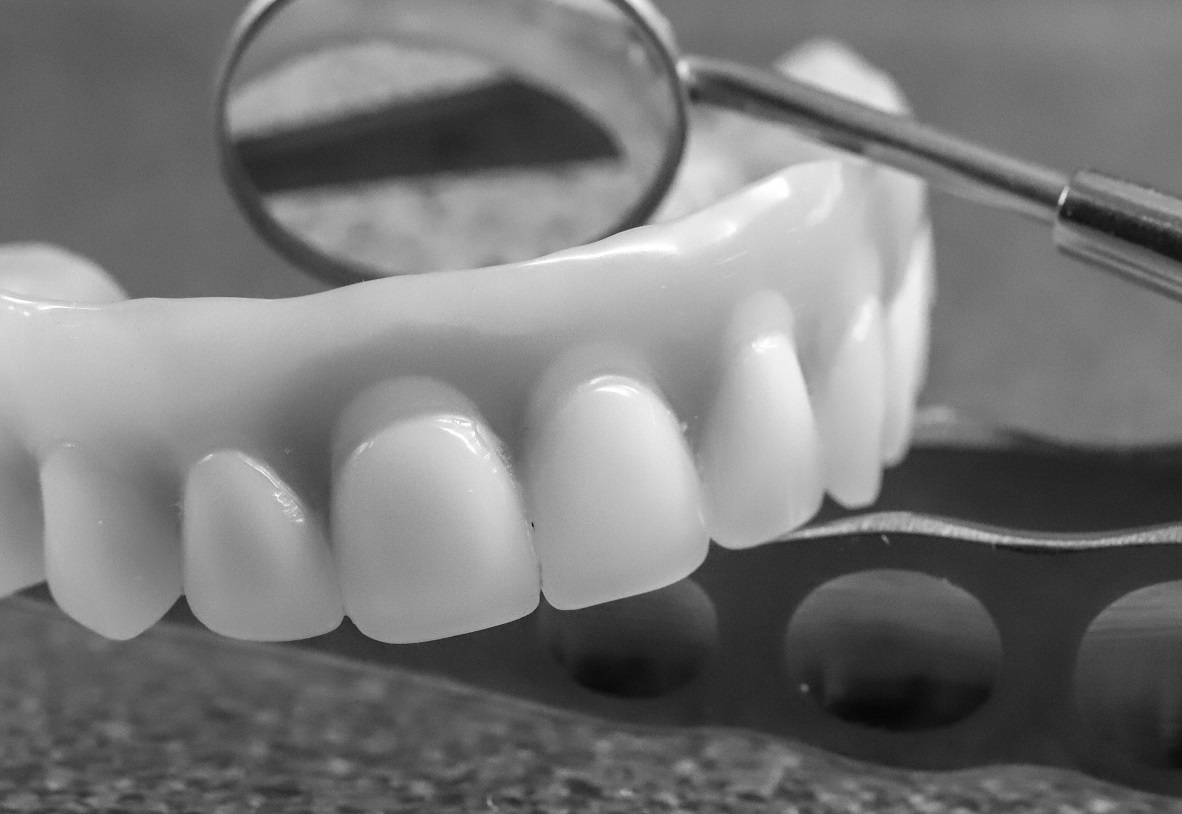
There are many reasons why postponing the replacement of one or more missing teeth isn’t a good idea for your oral health. The longer your dental ridges remain without full rows of teeth, the greater the impacts of the loss can be on your oral health and bite function, and many of those impacts may not be obvious at first. For example, after losing one or more natural teeth roots, your dental ridges can lose much of the stimulation that they rely on for their continued strength and integrity. Over time, this loss may call for the need for bone grafting of your upper or lower dental ridge before replacing your lost teeth with an appropriate number of dental implants.
The point of bone grafts/sinus lifts
Bone grafting and sinus lift procedures are designed to strengthen your lower and upper dental ridges (respectively) after they’ve experienced a loss of mass and density. This loss is often the result of the loss of one or more teeth roots, which are responsible for stimulating the ridges and promoting a healthy flow of nutrients. The best way to prevent further loss of mass and density is to replace the lost teeth roots with dental implant posts and reestablish the stimulation the dental ridges rely on. However, if bone loss is significant, then grafting may be necessary to provide your dental implants with the strong foundation they require.
Why this may be necessary
Dental implants are notably different from more traditional tooth replacement options because of their ability to replace lost teeth roots. The biocompatible titanium posts are inserted into the bone structure of the dental ridge where natural teeth roots are missing, and provide a lifelike system of support for your replacement teeth. This support relies on the bonding of the dental ridge’s bone structure with the biocompatible implant post, which itself relies on sufficient bone structure in that area. Bone grafting can help patients restore lost mass and density to improve the results of their dental implant placement and smile restoration procedures.
The advantage for your dental implants
When your natural dental ridge’s bone structure bonds to one or more dental implant posts, the result is your dental implant restoration being secured with almost as much stability as your healthy, natural teeth. The stronger your dental ridge, the more successfully it can bond with and support your dental implants in the long run. If you’ve experienced any loss of mass and density in your dental ridge, then grafting may be an important part of your overall smile restoration.
Learn if you need bone grafting
For some people who experience tooth loss, receiving dental implants to replace them may first require preparing their dental ridge with a bone graft. To learn more, schedule a consultation with us by calling the office of Dr. Stuart Dexter in Prairie Village, KS, today at 913-362-8200.

